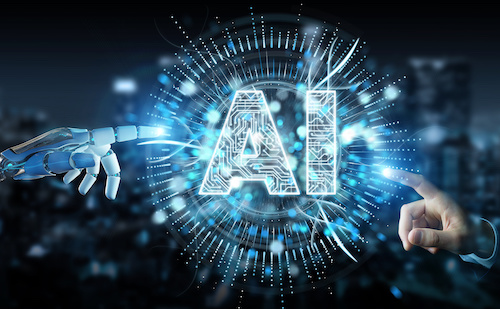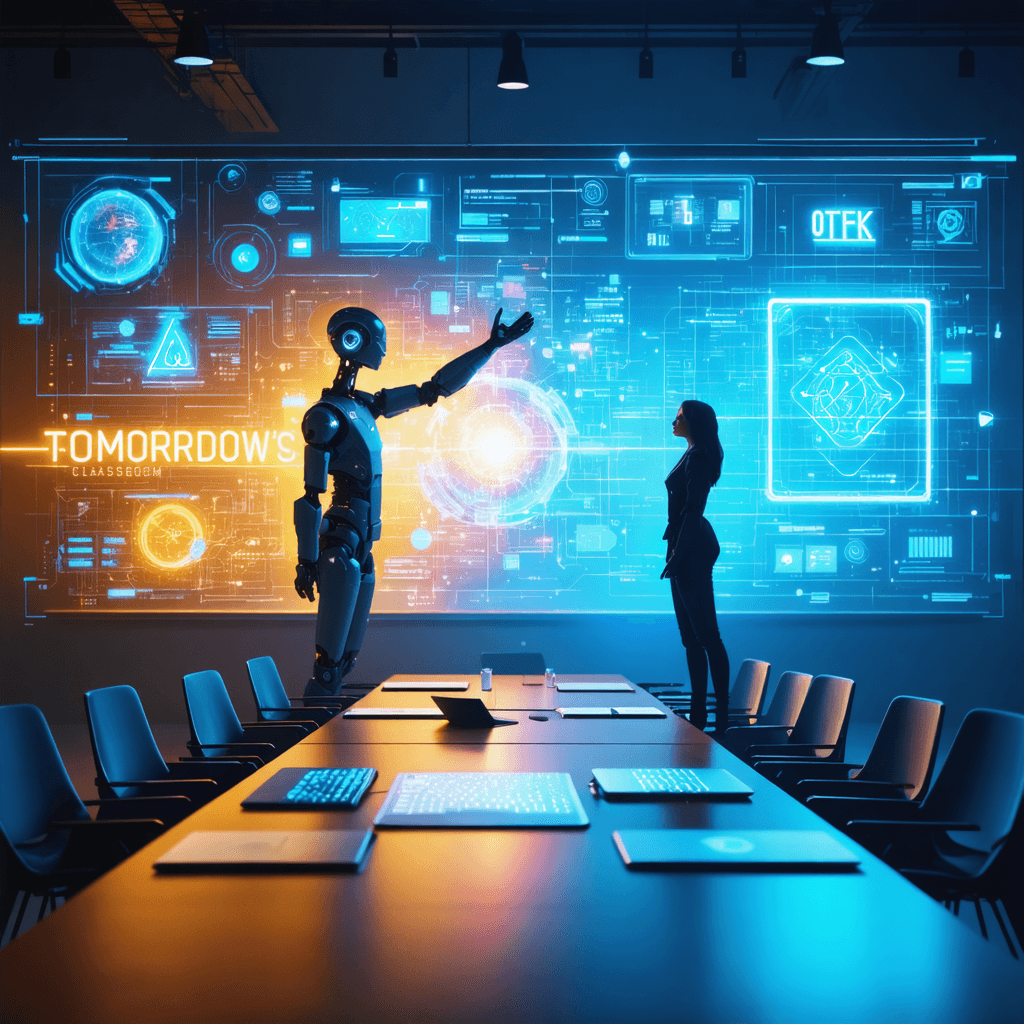AI vs. Teachers: The Hidden Cost of Automated Grading in Tomorrow's Classroom
In the rapidly evolving landscape of education, artificial intelligence has emerged as both a promising tool and a source of concern for educators worldwide. The integration of AI-powered automated grading systems is fundamentally reshaping how assessment takes place in classrooms, bringing both opportunities and challenges that deserve careful consideration.

The Promise of Automated Grading
Recent studies indicate that AI-powered grading systems are becoming increasingly sophisticated. According to the latest research from Cambium Learning Group, automated scoring systems can process assignments up to 90% faster than traditional manual grading methods. This efficiency gain allows teachers to redirect their time toward more valuable activities such as:
- Personalized student instruction
- Curriculum development
- One-on-one mentoring
- Creative lesson planning
- Student emotional support

The Hidden Costs
However, beneath the surface of these efficiency gains lie several concerning implications:
1. Loss of Human Touch
While AI can process assignments quickly, it may miss nuanced understanding and creative expression that human teachers naturally recognize. The personal connection between teacher and student, often fostered through feedback, risks becoming increasingly automated and impersonal.
2. Assessment Standardization
Recent studies from the Educational Technology Journal highlight that automated systems tend to favor standardized responses, potentially discouraging creative thinking and unique approaches to problem-solving. This standardization might lead to:
- Reduced critical thinking development
- Limited creative expression
- Decreased ability to handle complex, nuanced topics
- Over-emphasis on structured responses
3. Professional Impact on Teachers

The World Economic Forum's 2025 report on education technology suggests that teachers are experiencing increasing pressure to adapt to AI systems, often at the expense of their traditional roles. Many educators report feeling:
- Reduced autonomy in assessment decisions
- Pressure to align teaching methods with AI-friendly formats
- Concerns about job security
- Stress from constant technological adaptation
Finding the Balance
The key to successful implementation lies in striking the right balance between human expertise and technological assistance. According to recent findings by Springer Open, the most successful educational institutions are those that:
- Use AI for routine grading tasks while preserving human assessment for complex assignments
- Maintain regular human-to-human feedback sessions
- Implement hybrid assessment models that combine automated and manual grading
- Provide comprehensive teacher training on AI tools
- Regularly evaluate the impact of automated systems on student learning outcomes
.png)
Future Considerations
As we look toward the future of education, several key considerations emerge:
Data Privacy and Security
Educational institutions must ensure robust protection of student data while using automated grading systems.
Equity and Access
Schools need to address the digital divide to ensure all students have equal access to AI-enhanced educational tools.
Teacher Professional Development
Continuous training and support for educators are essential to maximize the benefits of AI while maintaining teaching quality.
Student Wellbeing
Regular assessment of the psychological impact of automated systems on student motivation and engagement is crucial.
The Path Forward
The integration of AI in education isn't about replacing teachers but augmenting their capabilities. Successful implementation requires:
- Clear policies on AI use in assessment
- Regular evaluation of impact on learning outcomes
- Balanced approach to automated and human grading
- Strong support systems for teachers and students
- Continuous dialogue between educators, administrators, and technology developers
Conclusion
While automated grading presents significant opportunities for efficiency and consistency in education, its implementation must be thoughtful and balanced. The future of education lies not in choosing between AI and teachers, but in creating synergistic relationships that enhance learning while preserving the irreplaceable human elements of education.
Ready to explore more about the future of education and technology? Visit 01TEK to discover our comprehensive courses on educational technology and AI integration. Join our community of forward-thinking educators and stay ahead of the curve in educational innovation.
Sources: 1. Cambium Learning Insights 2. Science Direct Research 3. World Economic Forum Report 4. EdTech Magazine Analysis 5. eSchool News Impact Study
Formal education will make you a living. Self education will make you a fortune.
Jim Rohn



